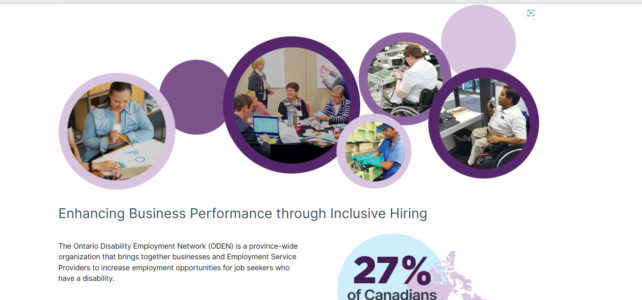Recruiting disabled persons can significantly enhance your workforce diversity and bring unique perspectives to your organization. Partners like ODEN (Ontario Disability Employment Network) can be invaluable in this process. This guide explains how and why to use these resources effectively.
Case Study & How-To: Facilitating Career Transitions & Reskilling in the Workforce

In the face of skilled talent gaps, particularly in critical digital infrastructure roles, employers can benefit significantly from hiring and training candidates from adjacent industries. These candidates often possess transferable soft skills and mindsets that are highly valuable. This guide aims to provide context on how to do so and a successful case study within the real-world context.
How to: Childcare Support for Working Parents

Common barriers that working parents encounter are limited availability at childcare centres, accessibility issues including transportation, high costs, and rigid schedules leading to long commutes. A Statistics Canada survey revealed that 42% of working parents delayed returning to work due to difficulties in finding childcare, and among those seeking childcare, over 50% faced challenges with finding care, with parents of children under one year being the most affected.
How to: Ripple Effects of Employee Turn Over In Tight Labour Markets

The study, which analyzed data from over a million employees at 1,620 retail chains over 22 months, found that layoff announcements have a strong, immediate impact. These announcements often heighten feelings of job insecurity among remaining employees, precipitating a wave of voluntary departures. This reaction underscores the need for careful communication and support strategies during such announcements.






